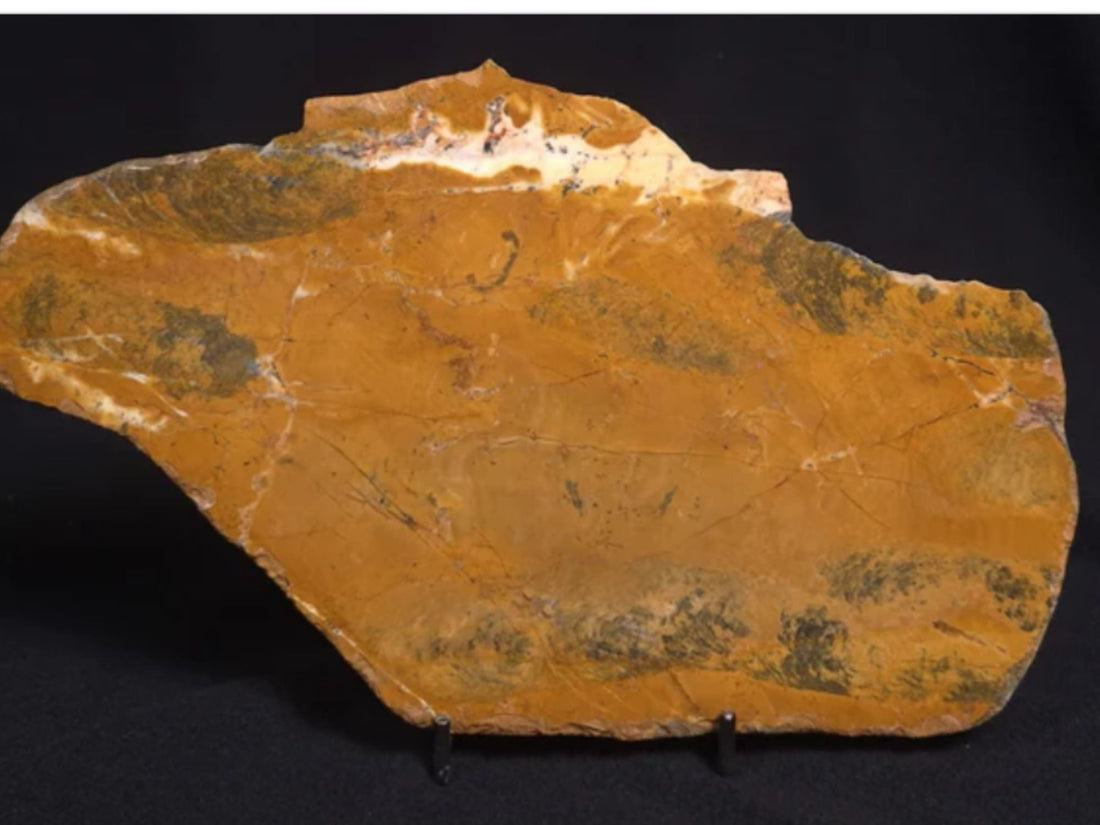
Stromatolite Pilbaria perplexa: A Window into Early Life
Share
Stromatolites are among the oldest evidence of life on Earth, with fossilised examples dating back over 3.5 billion years. One particularly intriguing species, Pilbaria perplexa, is found in the Duck Creek Dolomite within the Ashburton Basin, Pilbara, Western Australia. Dating to 1.8 billion years ago in the Proterozoic Eon, these structures provide critical insights into the early biosphere and microbial ecosystems that shaped Earth's formative periods.
Geological Context and Formation
Stromatolites, including Pilbaria perplexa, formed as cyanobacteria trapped and bound sediment, creating layered structures in shallow marine environments. These fossils, preserved in Duck Creek Dolomite, serve as valuable records of microbial activity and environmental interactions during the Proterozoic Eon.
The Duck Creek Dolomite, part of the Wyloo Group, is a carbonate-rich formation that developed in a shallow marine setting. The presence of stromatolites within this formation indicates stable environmental conditions that allowed microbial communities to thrive. The sedimentary sequences within the dolomite suggest repeated cycles of transgression and regression, influencing stromatolite growth patterns.
Cyanobacteria, central to these formations, played a significant role in Earth's atmospheric evolution by driving the Great Oxidation Event between 2.4 and 2.0 billion years ago. Their presence in these ancient stromatolites highlights microbial adaptation to changing environmental conditions, while their laminated structures provide a window into Proterozoic biosphere dynamics.
Morphology and Environmental Adaptations
Pilbaria perplexa exhibits a branching columnar morphology, distinguishing it from other stromatolite taxa. This structure suggests adaptation to shallow lagoonal environments, where fluctuating water levels and sediment deposition influenced stromatolite growth. The presence of associated stromatolite species, such as Asperia ashburtonia, indicates a diverse microbial ecosystem that responded to tidal and environmental shifts.
The laminated structures of Pilbaria perplexa provide insights into microbial interactions and sedimentary processes. These stromatolites likely formed in environments with periodic exposure to air, allowing cyanobacteria to photosynthesise and contribute to carbonate precipitation. The resulting layered formations serve as valuable indicators of ancient marine conditions.
Research and Applications
Studying Pilbaria perplexa contributes to multiple scientific disciplines, including palaeobiology, geochemistry, and astrobiology. Palaeobiology examines microbial life in ancient ecosystems, geochemistry analyses chemical alterations within dolomitic matrices, and astrobiology compares ancient microbial structures with potential extraterrestrial biosignatures.
The stromatolites of the Pilbara remain central to evolutionary research, offering clues about early life on Earth and informing studies on possible life beyond our planet. Their structural complexity and environmental significance make them key subjects in understanding microbial evolution and planetary habitability.
References:
Geoscience Australia
Mindat.org
Australian Journal of Earth Sciences
NASA Astrobiology Institute